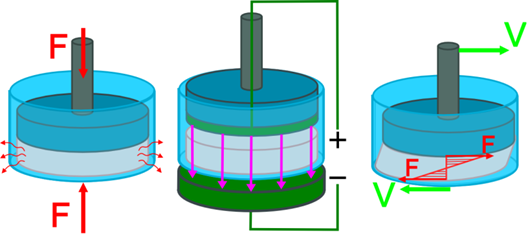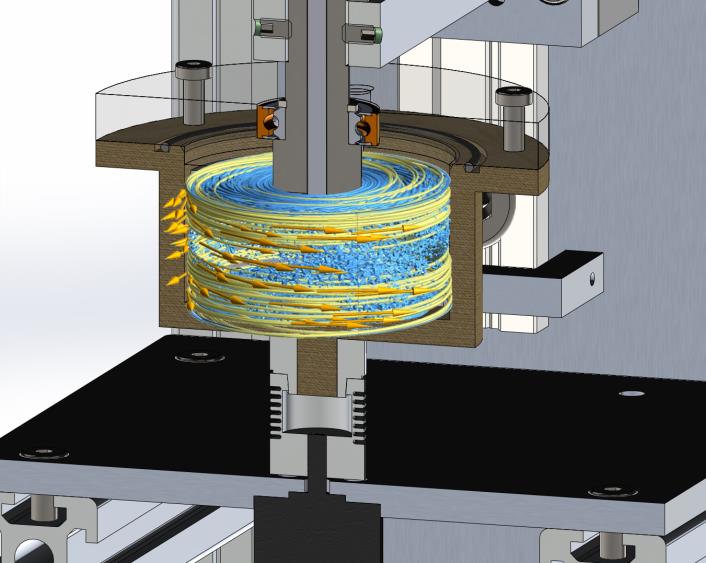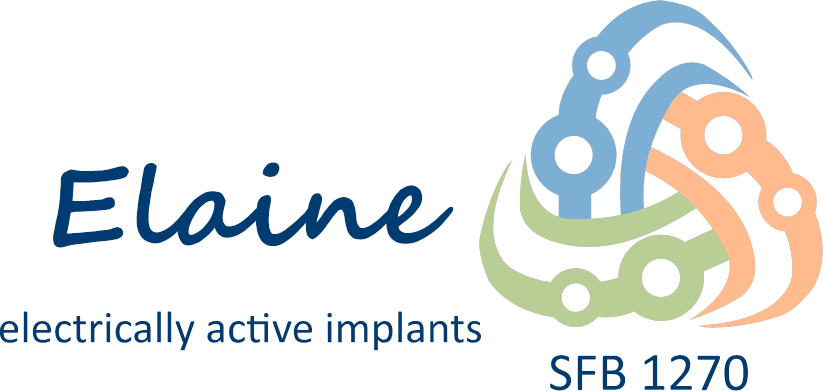Electrical and mechanical stimulation of cartilage


The goal of the second project C02 is to analyze the influence of electrical and mechanical stimulation on the chondrogenic differentiation of human cartilage cells and mesenchymal stem cells. This project will be carried out with the co-operate partner, the Biomechanics and Implant Technology Research Laboratory of the University of Rostock. The scaffolds manufactured in B01 conduct as a medium for the cultivation of cartilage cells. For the experimental investigations, a special stimulation chamber will be engineered which integrates the possibility of applying either electrical or mechanical stimulation or the combination of both. Central goals of the project include determining the configuration of electrodes and the implementation of the mechanical actuators for shear and compression stimulation. A stimulation protocol for the application of electrical fields and mechanical loading will be established aiming for an optimised proliferation and hyaline-like differentiation of cartilage and mesenchymal stem cells. Additionally, a comprehensive multiphysics simulation model will be developed which should comprise the stimulation parameters (electrical, mechanical) and their influence on cells (e.g. shear stress) resulting in an enhanced understanding of the stimulation process. The long- ranging objective is to establish an optimised ex vivo 3D cultivation of human chondrocytes and mesenchymal stem cells on collagen- and hydrogel-based scaffolds by means of electrical and mechanical stimulation to improve therapeutic approaches such as matrix-induced autologous chondrocyte implantation (MACI).
Contact:Nada Abroug M.Sc.
Project term: 07/2017 - 06/2025
Please note: Once you watch the video, data will be transmitted to Youtube/Google. For more information, see Google Privacy.
Cooperation:
Universität Rostock: IEF, MSF, UMR
EMAU Greifswald
Universität Leipzig
Universität Nürnberg-Erlangen
Leibniz-Institut für Plasmaforschung und Techologie e.V.


